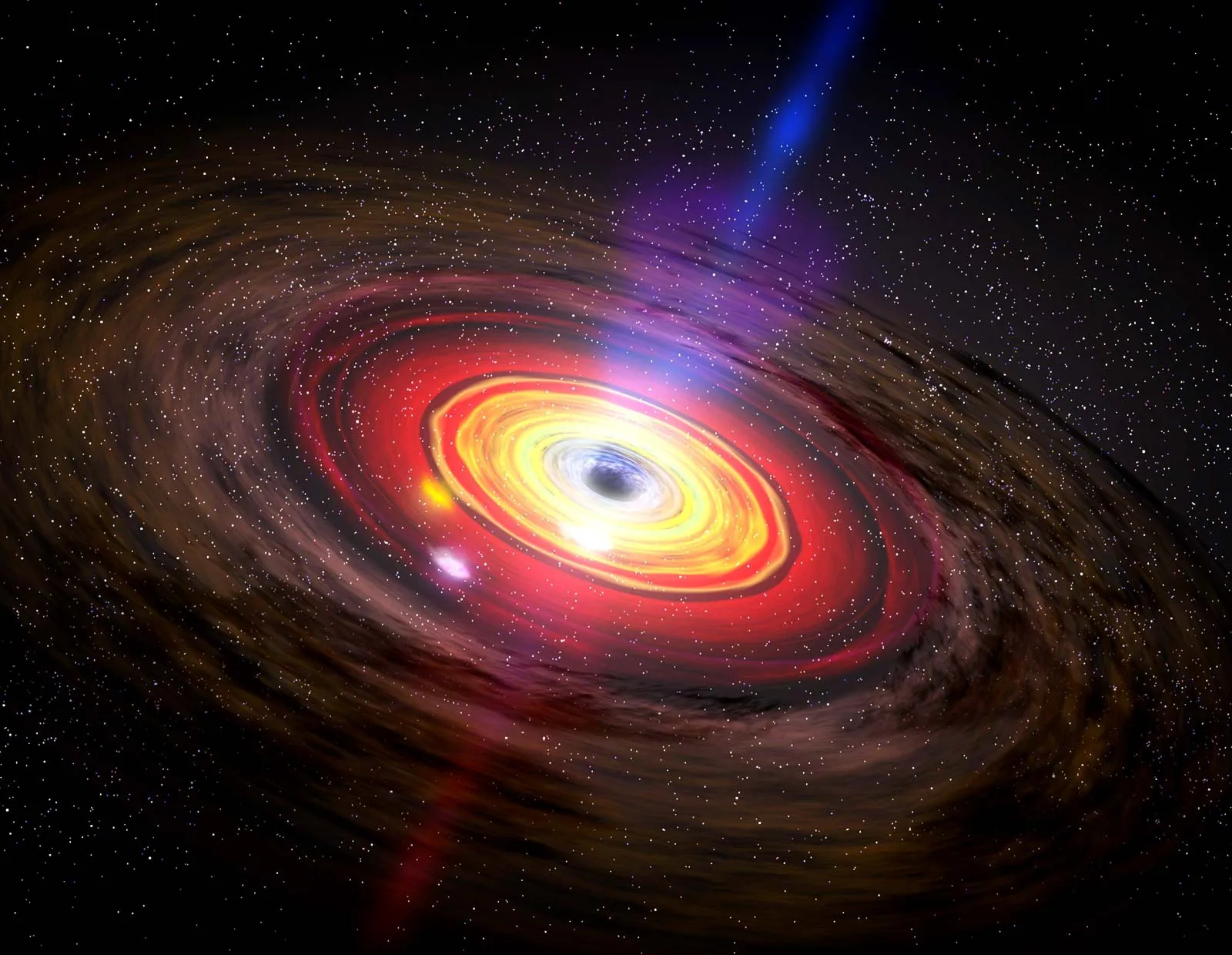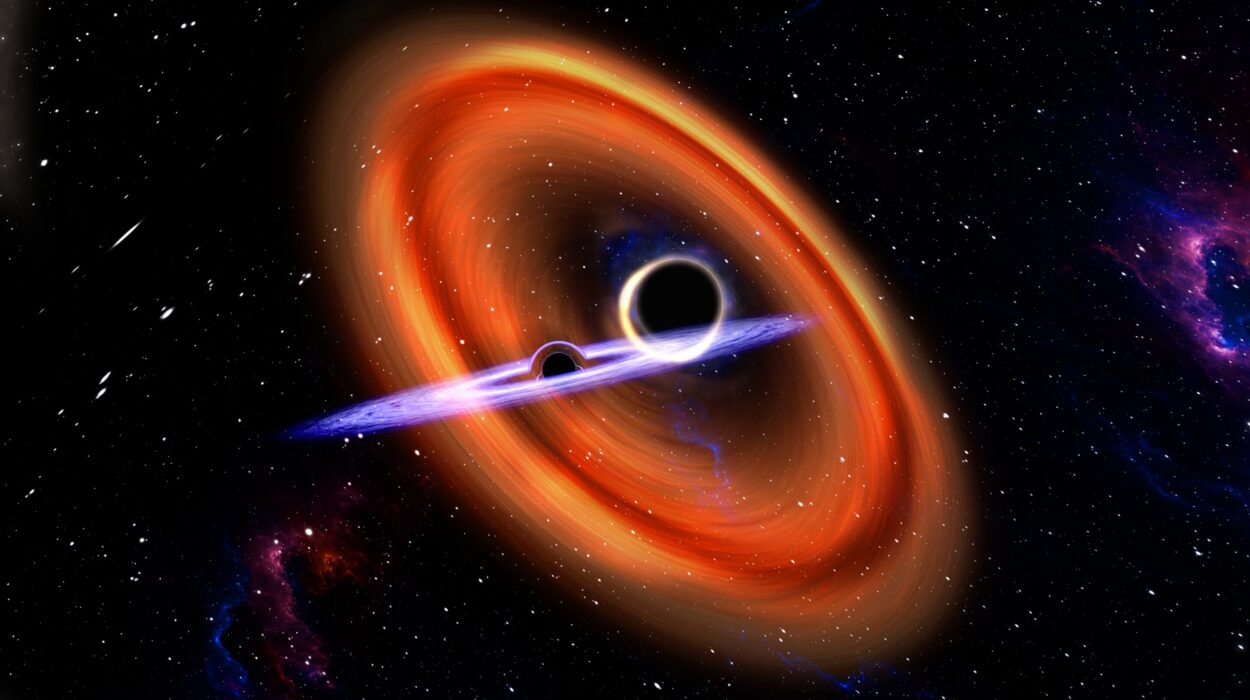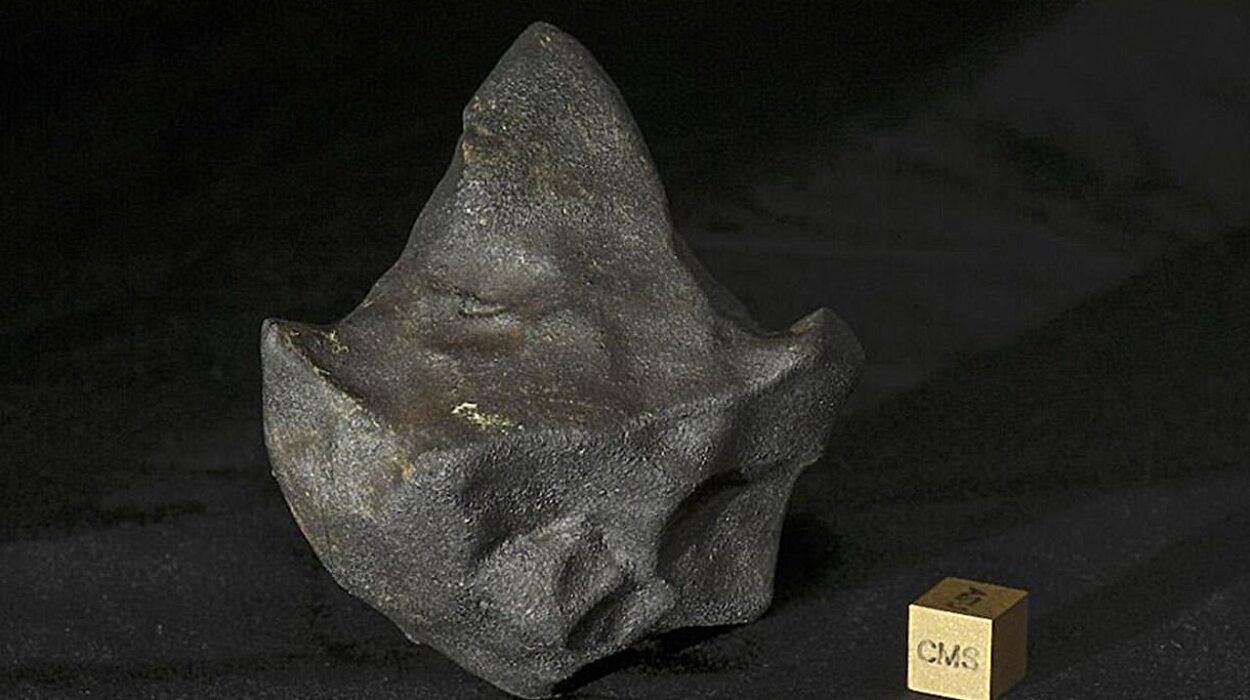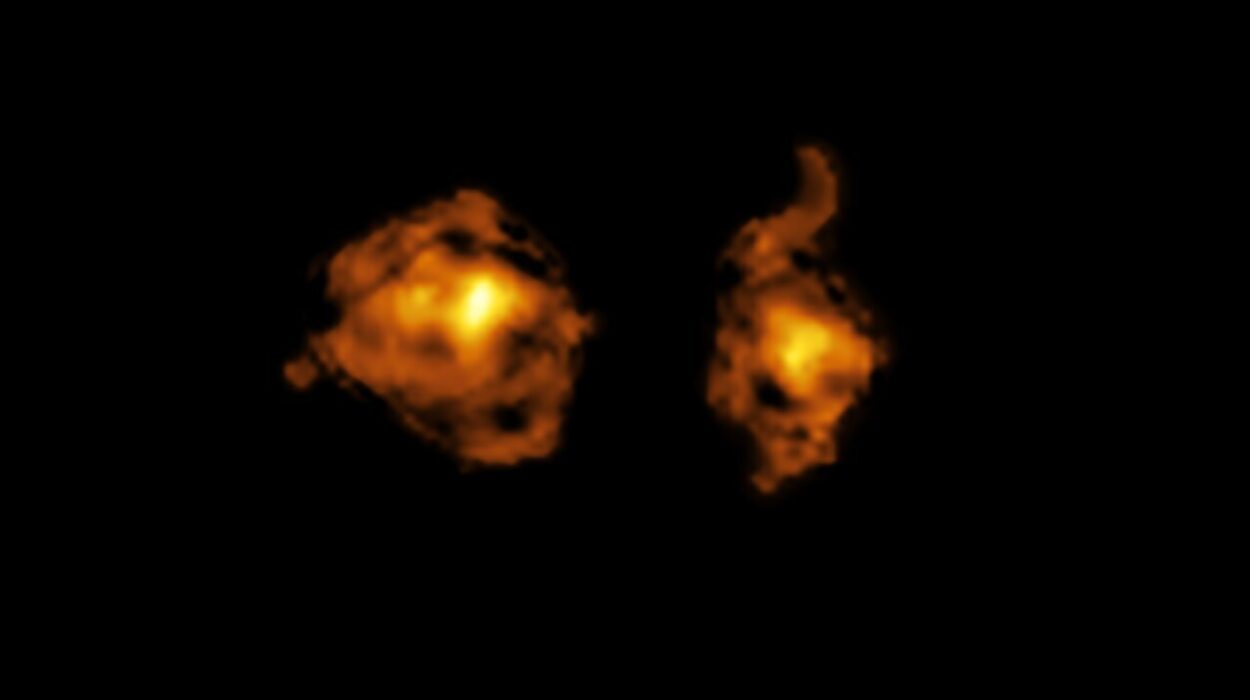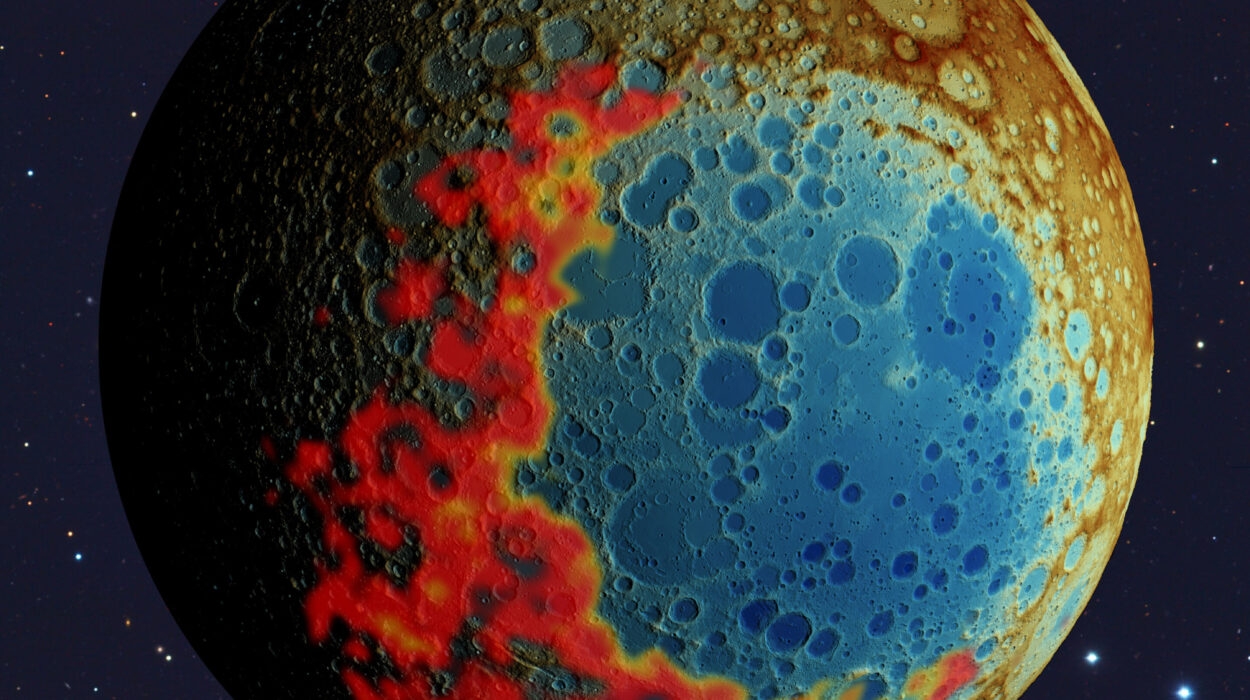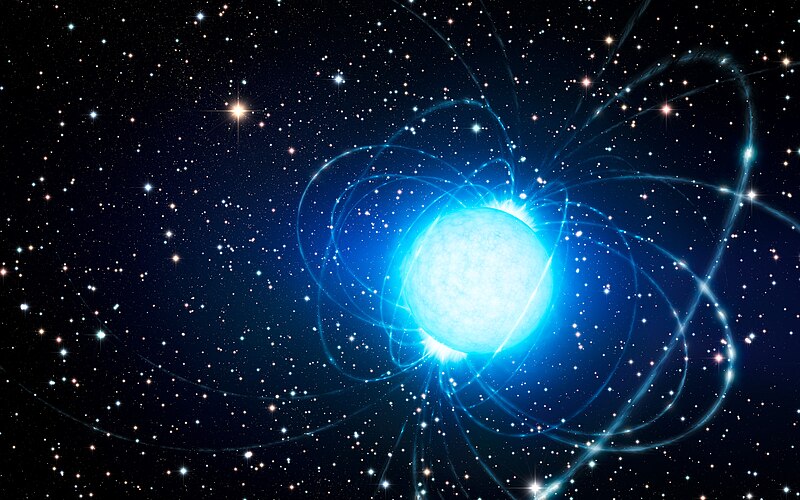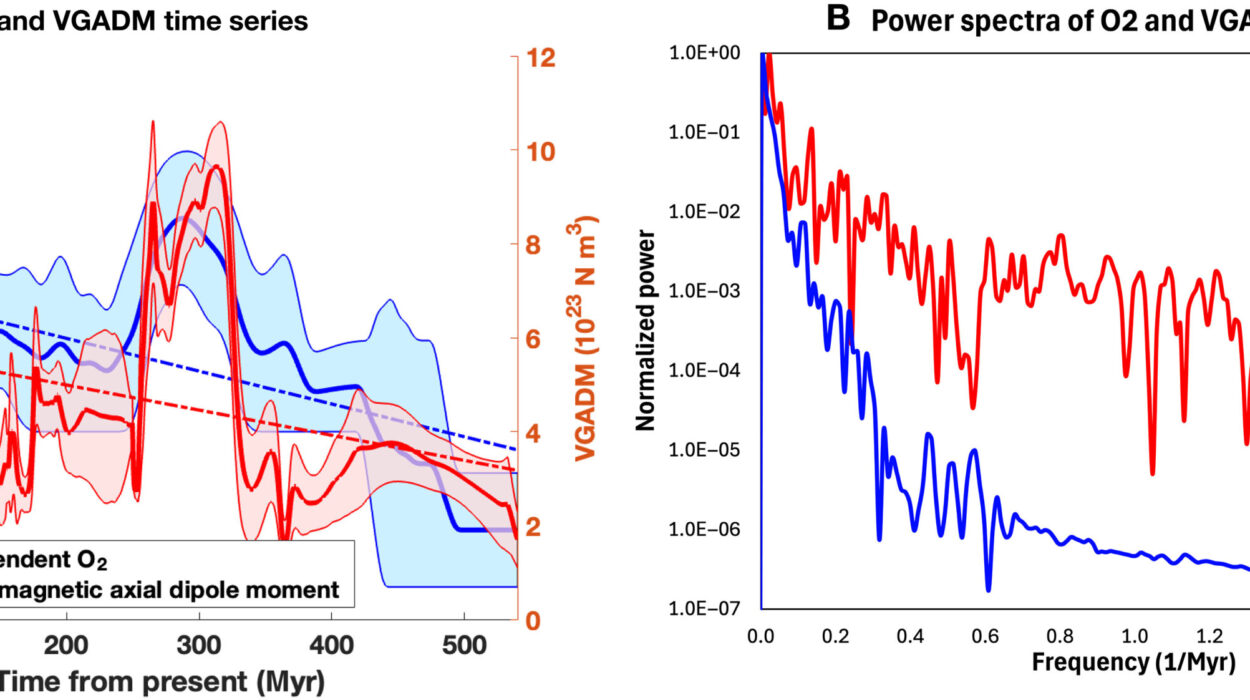The universe is full of mysterious, mind-boggling phenomena that challenge our understanding of space, time, and the very fabric of reality. Among the most intriguing of these are black holes—regions of spacetime where gravity is so intense that nothing, not even light, can escape from them. For decades, astronomers and physicists have been captivated by the enigma of black holes, trying to decipher their inner workings and the strange, paradoxical behaviors that occur around them. But one of the most fascinating questions that still lingers in scientific discourse is: Are there planets inside black holes?
At first glance, this question might seem absurd. Black holes are known for their incredibly dense and violent nature, and we associate them with destruction rather than creation. Planets, on the other hand, are relatively peaceful entities that orbit stars in the vast, seemingly calm reaches of space. Could these two vastly different objects coexist in the same extreme environment? To begin answering this question, we must first explore what black holes are, how they form, and the strange physics that governs their interiors.
The Mystery of Black Holes
Black holes are among the most fascinating and extreme objects in the universe. They are formed when massive stars reach the end of their life cycles and collapse under their own gravity. During this process, the star’s core contracts into an incredibly small, dense point known as a singularity, surrounded by an event horizon—the boundary beyond which nothing can escape.
A black hole’s defining characteristic is its gravitational pull, which is so strong that it warps the very fabric of spacetime itself. This warping causes a range of bizarre phenomena. For instance, time behaves differently near a black hole. The closer you get to the event horizon, the slower time seems to pass relative to an observer far away. In fact, once something crosses the event horizon, it is effectively cut off from the rest of the universe, making it impossible to observe what happens inside.
Inside the event horizon, we enter the realm of the unknown. The singularity, where all of the black hole’s mass is thought to be concentrated, is a point where the known laws of physics break down. The immense gravitational forces at play cause spacetime to become so distorted that our usual understanding of how matter and energy behave no longer applies. This makes the interior of a black hole an incredibly complex and speculative topic in modern astrophysics.
Theories of What Lies Inside a Black Hole
Despite the many mysteries surrounding black holes, scientists have proposed several theories about what might exist inside them. Most of these ideas hinge on our understanding of general relativity and quantum mechanics, two pillars of modern physics that seem to be incompatible in certain extreme environments. The interior of a black hole is one such place.
- The Singularity: According to Einstein’s theory of general relativity, the singularity at the center of a black hole is a point of infinite density and curvature. In this scenario, the gravitational forces become so strong that all the matter that once made up the black hole’s core is crushed into an infinitely small space. This is where all the laws of physics as we know them break down. If planets existed inside a black hole, they would likely be crushed into this singularity, their matter being compressed into a point of infinite density.
- Quantum Gravity and the Planck Scale: On the other hand, quantum mechanics, which governs the behavior of particles at very small scales, suggests that the singularity may not be a point of infinite density. Some theories of quantum gravity propose that spacetime may be discrete, with a structure at the Planck scale that prevents the formation of singularities. If this is the case, then perhaps the interior of a black hole could be more complex than the simple “point of no return” described by general relativity. Some scientists even suggest that black holes could serve as “gateways” to other regions of space, or other universes entirely. Could there be entire new worlds inside a black hole, with planets orbiting unseen stars in a manner similar to how planets orbit the Sun in our own galaxy? While speculative, this idea is an exciting possibility for physicists who are seeking to unify the laws of the very large (general relativity) and the very small (quantum mechanics).
- The Wormhole Hypothesis: Another intriguing idea involves the possibility of wormholes. Wormholes are theoretical passages through spacetime that could connect distant parts of the universe, or even different universes. Some researchers suggest that the interior of a black hole might be a type of wormhole, leading to another part of the cosmos. In this scenario, it’s conceivable that there could be a stable region within the black hole where planets and stars could exist, sheltered from the extreme gravitational forces of the singularity. While there’s currently no evidence for wormholes or the idea that they might host planets, the concept is a popular subject in theoretical physics.
The Nature of Planets
Before considering whether planets could exist inside black holes, it’s important to define what a planet is and what conditions are necessary for a planet to form and survive. In our own solar system, planets are relatively stable objects that orbit stars. The conditions for planetary formation depend on a variety of factors, including the presence of a nearby star (which provides light and heat), a suitable chemical composition, and a stable gravitational environment.
For a planet to form, there must be a disk of gas and dust, which gradually coalesces under gravity. These materials come together to form rocky or gaseous bodies. Once a planet forms, it needs to be in a stable orbit around a star in order to maintain its conditions for life or, at the very least, to remain stable over long periods of time.
However, inside a black hole, things are very different. The gravitational forces at the event horizon are so intense that no matter, energy, or radiation can escape. The region inside the event horizon is essentially cut off from the rest of the universe, and the intense forces of spacetime curvature would likely prevent the formation of any stable, life-sustaining planetary systems.
The Problem of Gravity Inside a Black Hole
One of the most significant challenges to the idea of planets inside black holes is the sheer strength of gravity within them. The gravity near the event horizon of a black hole is incredibly intense, and it increases dramatically as one approaches the singularity. For planets to form, they would need to experience relatively stable conditions over time, but inside a black hole, those conditions are anything but stable.
Any matter that enters a black hole is subject to “spaghettification,” a process where the intense tidal forces stretch objects apart as they approach the singularity. This stretching is so powerful that even large planets would be torn apart long before they could reach the singularity. This means that, even if a planet were somehow formed inside a black hole, it would almost certainly be destroyed by the extreme gravitational forces long before it could stabilize in a permanent orbit.
Furthermore, the extreme curvature of spacetime near a black hole would make it nearly impossible for any stable orbit to exist. In fact, no stable orbit can exist at all within the event horizon—once something crosses it, it is inevitably drawn toward the singularity.
Could Planets Exist Outside the Event Horizon?
While the interior of a black hole is likely inhospitable to planets, there is an interesting possibility to consider: what about the regions outside the event horizon? Could planets form in the accretion disk, the swirling mass of gas and dust that often surrounds black holes?
Accretion disks are fascinating objects. These disks form as matter is drawn toward a black hole, spinning around it in a heated, luminous vortex. While most of the material in an accretion disk is eventually consumed by the black hole, some of it may remain in orbit, and over time, this material could form into planets or other celestial bodies. This process is similar to the way planets form in other parts of the universe, except that the conditions near a black hole are far more extreme.
In certain circumstances, planets could theoretically form in the outer regions of an accretion disk. However, these planets would be subject to intense radiation and gravitational forces that could make it difficult for life as we know it to thrive. Even if planets could exist, they would likely be hostile environments, constantly bombarded by radiation from the black hole itself.
Conclusion: The Unlikely Possibility of Planets Inside Black Holes
While the idea of planets inside black holes is a fascinating one, the extreme conditions within these cosmic behemoths make such a scenario highly unlikely. The powerful gravitational forces, the spaghettification process, and the absence of stable orbits all suggest that planets would not be able to form or survive within a black hole. However, the mystery of black holes continues to inspire new theories and questions. Could there be other strange and exotic objects hidden within the black hole’s event horizon, waiting to be discovered? Or could there be a way to navigate these warped regions of spacetime, perhaps one day unlocking the secrets of the universe’s most enigmatic phenomena?
For now, the answer remains unclear. But one thing is certain: the question of whether planets could exist inside black holes touches on the very limits of our understanding of physics and the cosmos itself. And as our knowledge of the universe grows, who knows what extraordinary discoveries the future may hold?
